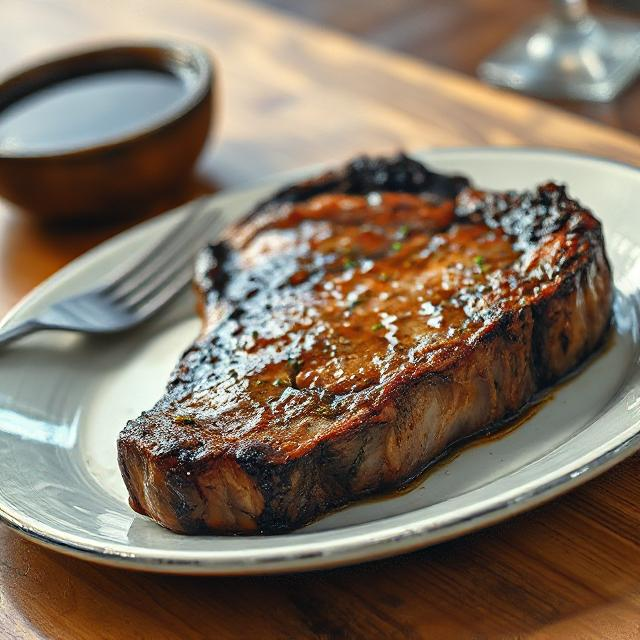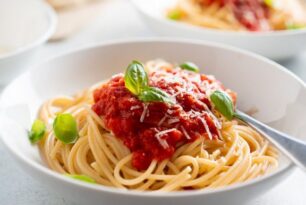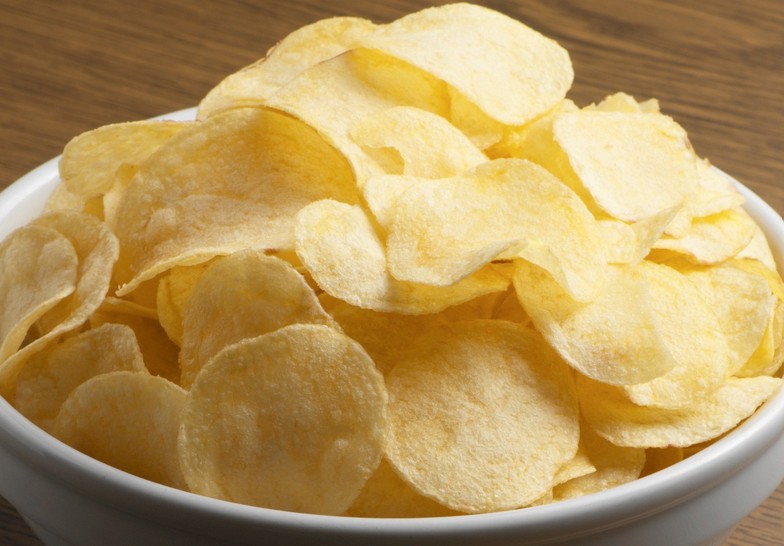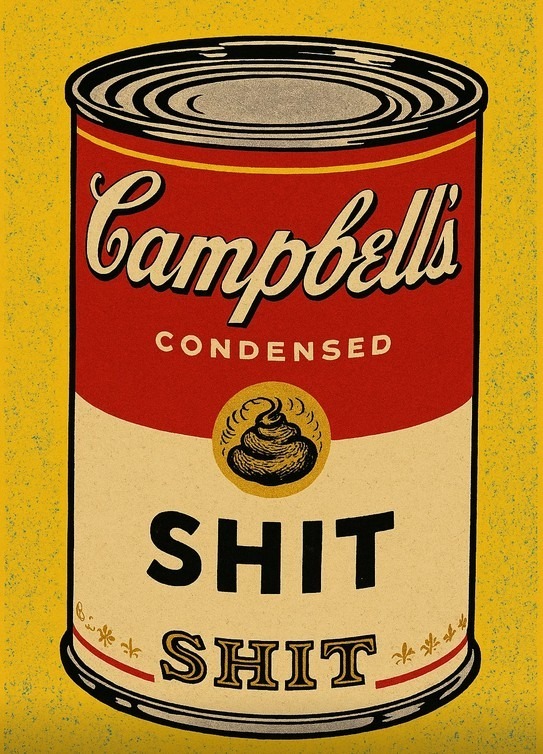If you’ve ever stood in the meat and seafood aisle of your local grocery store, overwhelmed by cuts of beef the size of small dogs and salmon fillets that look like they’ve been pre-seasoned with pure sodium—you are not alone.
For elderly folks and those managing obesity, the meat and seafood aisle can be a nutritional minefield. Sure, there’s protein—but there’s also a lot of stuff that can sneak up on your heart, your joints, and your blood pressure like a ninja in a bacon suit.
Let’s break it down. Here’s what to look for, what to limit, and what to run from like it’s chasing you with a deep fryer.
Not All Red Meat is Created Equal
The trap: Ribeyes, T-bones, and marbled steaks may look delicious—but they’re often high in saturated fats that clog arteries and can aggravate inflammation, especially in folks with joint pain or heart conditions.
Watch out for:
- Cuts labeled “well-marbled” (a fancy word for “loaded with fat”)
- Pre-marinated meats—usually packed with sugar and sodium
- Ground beef over 85% fat—it’s basically beef-flavored butter
Better choice:
- Lean cuts like sirloin, tenderloin, or eye of round
- Extra-lean ground beef (90% or more)
- Swap beef for turkey or chicken now and then—your heart will send you a thank-you card
Fishy Business: The Seafood Health Halo
The trap: “Seafood is healthy” – yes, but that depends. Beer-battered, deep-fried shrimp? Less of a brain booster, more of a belly bloater.
Watch out for:
- Breaded and fried options
- Imitation crab (surimi)—high in sodium, low in actual seafood
- Pre-seasoned or glazed fish (hello sugar and salt)
Better choice:
- Fatty fish like salmon, mackerel, and sardines (great for brain and heart health)
- Wild-caught over farmed when possible (less contaminants)
- Steaming, baking, or grilling without added sauces
The Great Sodium Sneak
Many processed meats in this aisle—bacon, sausages, smoked fish, deli slices—are sodium bombs wearing protein disguises.
Why it matters:
Older adults and those with larger body mass are often managing blood pressure or kidney strain. High sodium intake is like adding fuel to a fire your doctor is trying to put out.
Better choice:
- Look for “low sodium” labels
- Compare brands—the differences can be wild
- Consider skipping the processed stuff altogether and buying fresh
Label Lies and Sneaky Marketing
That “natural,” “organic,” or “heart-healthy” sticker? Doesn’t always mean what you think.
Tips:
- Turn the package over—always read the nutrition label
- Check serving size (a 3 oz serving is not the entire steak, unfortunately)
Ingredients list: if you can’t pronounce it, it may not belong in your body
Pro Tips for a Smarter Trip
- Don’t shop hungry: You’ll end up justifying bacon-wrapped anything
- Bring your glasses: Those nutrition labels aren’t printed in large font for a reason
- Ask the butcher: They know their stuff—and might even trim fat or portion items for you
- Shop with a plan: Random shopping leads to random eating
The meat and seafood aisle can either be your body’s best friend or a fast track to feeling sluggish, bloated, and inflamed. Especially for elderly and obese shoppers, making wise choices here can make a huge difference in energy levels, heart health, and long-term well-being.




